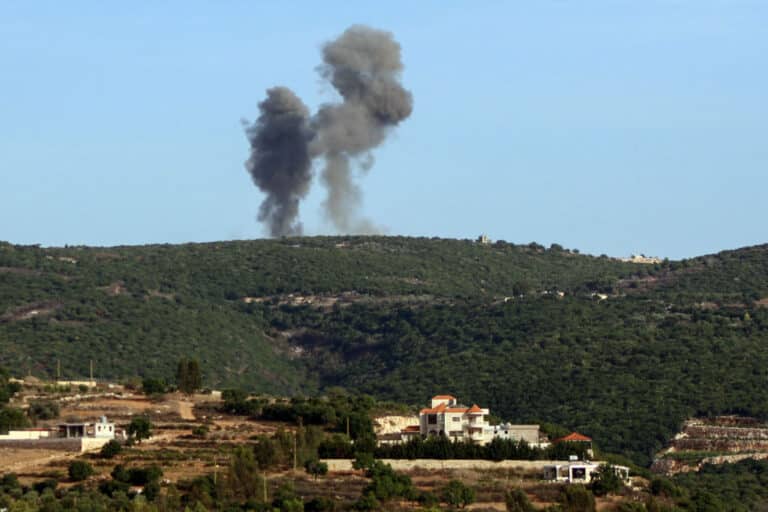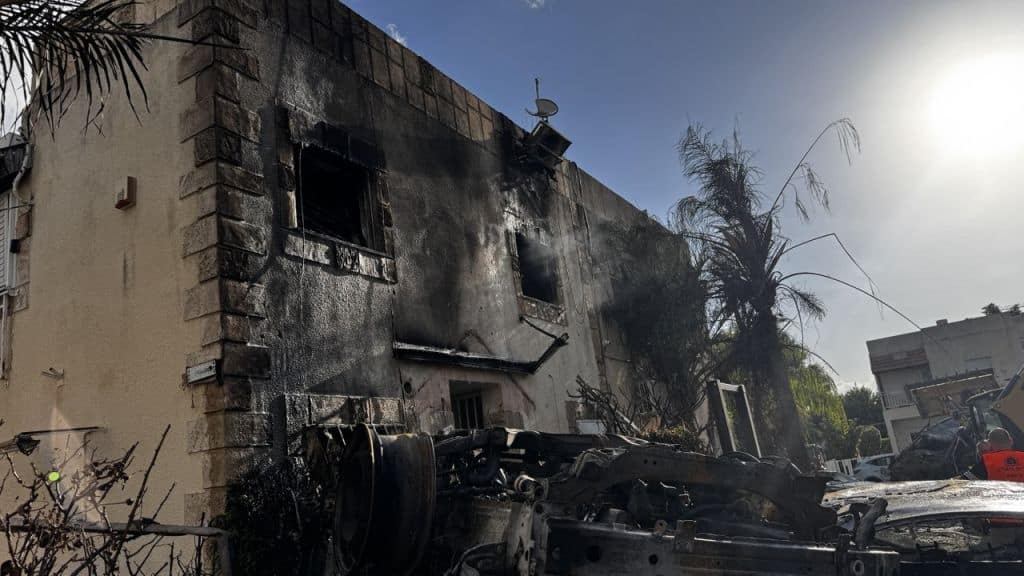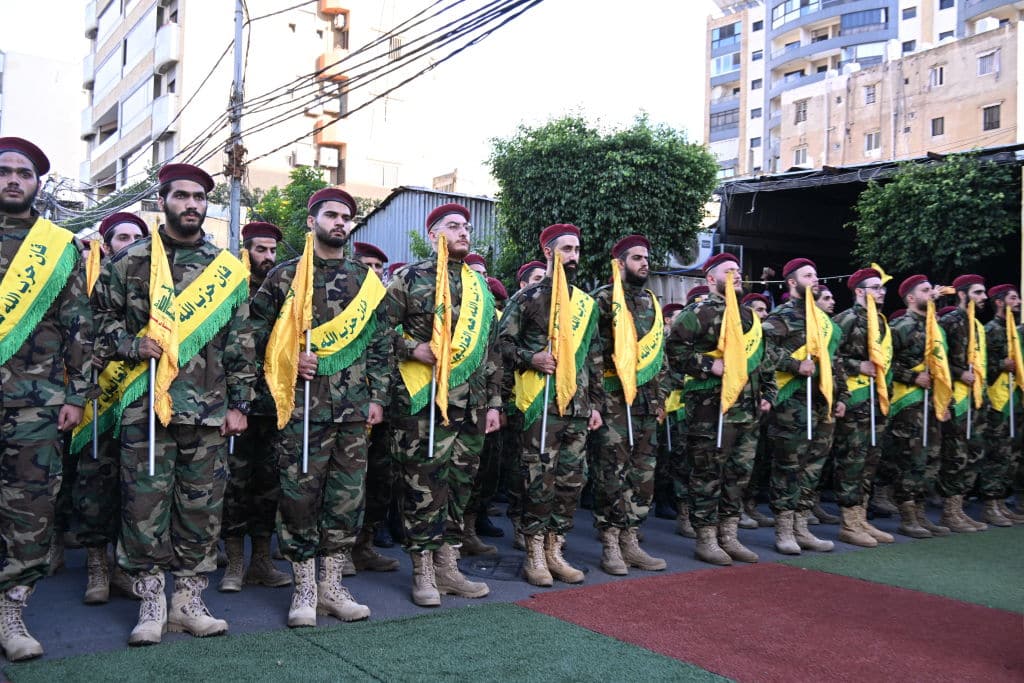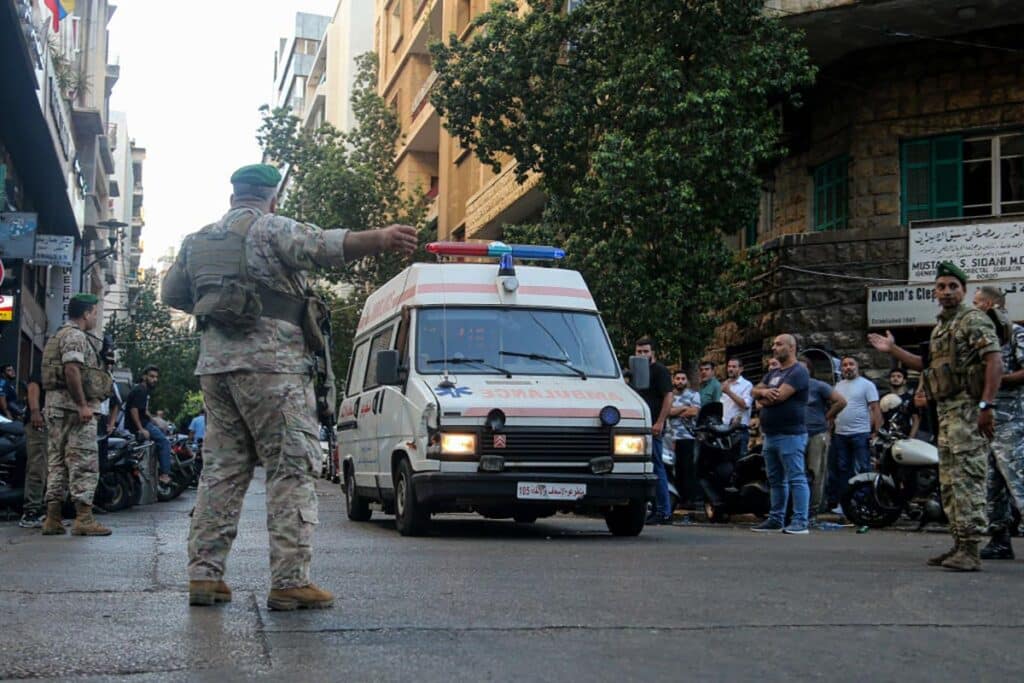
Close to a year after Hezbollah began launching drone and rocket attacks against northern Israel, the IDF launched a large-scale operation to restore security in the area Monday.
The escalation came as Israel has wound down much of its operations in Gaza, moving its focus to the threat Hezbollah poses on northern Israel.

How we got here
Since Oct. 8, Hezbollah has launched thousands of missiles and drones toward northern Israel, forcing tens of thousands of Israelis to evacuate their homes. Many of these residents still have not been able to return.
Residents of the north have recently intensified their calls for an operation against Hezbollah so they can return home safely.
Tensions between Israel and Hezbollah have already been rising for weeks, with increased pressure placed on the Israeli government to act firmly against the terrorist group.

Last week, the Israeli government announced that it had added “returning the residents of the north securely to their homes” to its list of official goals of the war.
It quickly became clear that this effort wasn’t just a symbolic declaration.
Hours later, pagers used by Hezbollah to communicate securely and avoid Israeli surveillance spontaneously exploded across Lebanon, injuring thousands.
One day later, the terrorist movement’s walkie-talkies detonated, causing additional injuries. The attacks were reportedly carried out by planting explosives in the devices before they were shipped to Hezbollah.

Top Hezbollah commander eliminated in Beirut strike
Just two days after the walkie-talkies exploded, Ibrahim Aqil, the head of Hezbollah’s elite Radwan Force – a unit focused on plans to invade northern Israel – was taken out in an Israeli airstrike on the Dahieh suburb of Beirut.
Aqil was the second of Hezbollah’s top three military commanders to be assassinated during the ongoing conflict. He was preceded by Fuad Shukr, Hezbollah’s chief of staff, who was eliminated in an airstrike on Beirut in July.
On Saturday night, Hezbollah announced that it had responded to the pager attack, launching a barrage of rockets toward areas south of Haifa for the first time since the war began.
The IDF retaliated with intensive strikes on southern Lebanon and the Beqaa Valley.
On Monday, the situation escalated significantly as the IDF instructed residents of southern Lebanon to evacuate from areas where Hezbollah is currently present. Shortly afterward, waves of airstrikes targeted buildings used by the terrorist movement to store weapons throughout the area.
We are operating because this is who Hezbollah is targeting: pic.twitter.com/dbssPItarK
— Israel Defense Forces (@IDF) September 22, 2024
Later in the day, the IDF expanded its strikes to the Beqaa Valley area, once again warning locals to distance themselves from Hezbollah weapons storage sites.
On Monday night, the IDF announced that the operation against Hezbollah had received the name: “Northern Arrows.”
As of Monday evening, over 350 people had been killed, and 1,246 had been wounded in the strikes throughout Lebanon. Lebanese media described the situation as the deadliest single day since the catastrophic civil war that swept the country from 1975-1990.
Last surviving top Hezbollah commander targeted in strike, fate unclear
On Monday afternoon, an Israeli airstrike targeted Ali Karaki, the last of the top three senior Hezbollah commanders surviving after Shukr and Aqil were eliminated.
As of Monday evening, it was unclear if Karaki had successfully been taken out or injured in the strike. Hezbollah issued an official statement denying he had been harmed without providing further details.
Hezbollah expands rocket fire toward central Israel
Throughout the day, Hezbollah expanded the range of rocket fire further southward, reaching as far as Ariel in the West Bank, east of Tel Aviv.
Over 200 rockets were fired by the terrorist movement toward Israel on Monday, with several barrages targeting the Haifa area and areas throughout the Galilee in northern Israel.
The rocket that you see below is a long-range rocket, stored on a hydraulic system directed toward Israeli civilians and ready to be launched at a moments notice.
— Israel Defense Forces (@IDF) September 23, 2024
This is just one of the 1,300 targets including long-range cruise missiles, heavy-weight rockets and UAVs that were… pic.twitter.com/XHGsKPzxbQ
Missiles hidden in homes for pay
In recent years, Hezbollah reportedly offered to pay “rent” to residents of villages in southern Lebanon if they would host their missiles in their homes.
Over time, Hezbollah even built new homes with pre-made rooms for missiles that would also house low-income families. The civilians would serve both as camouflage and as human shields to guard the weapons.
Hezbollah seemed to be unaware that Israel knew about this program, but over the years Israeli intelligence gathered information on where these homes were located and what weapons were stored there.
WATCH: IDF Spox. RAdm. Daniel Hagari explains how Hezbollah exploits civilian infrastructure as weapons storage sites and uses the Lebanese people as human shields: pic.twitter.com/nuNG8OEo8G
— Israel Defense Forces (@IDF) September 23, 2024
In press conferences on Monday, IDF Spokesperson Daniel Hagari revealed photos and videos showing long-range missiles hidden in the attics of civilian homes in southern Lebanon.
Hagari also presented footage showing secondary explosions that were set off by Israeli strikes carried out throughout the day, indicating that munitions were being stored at the targeted sites.
